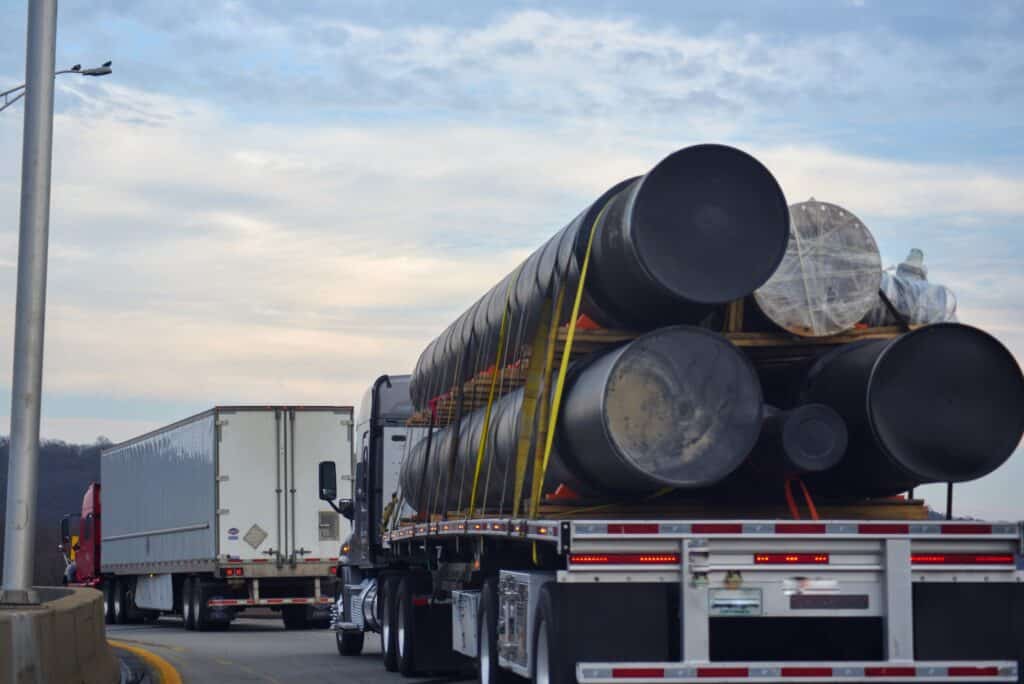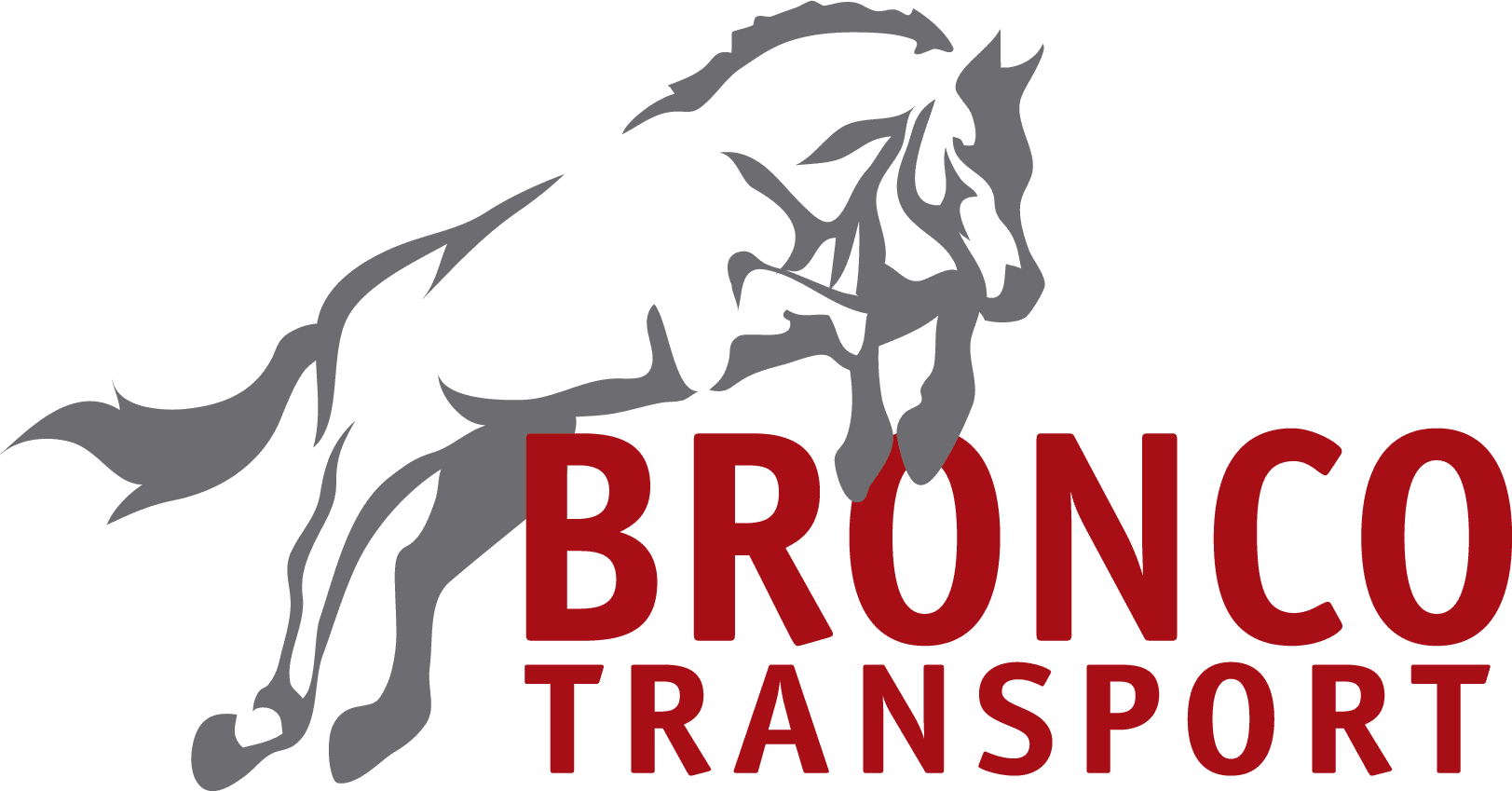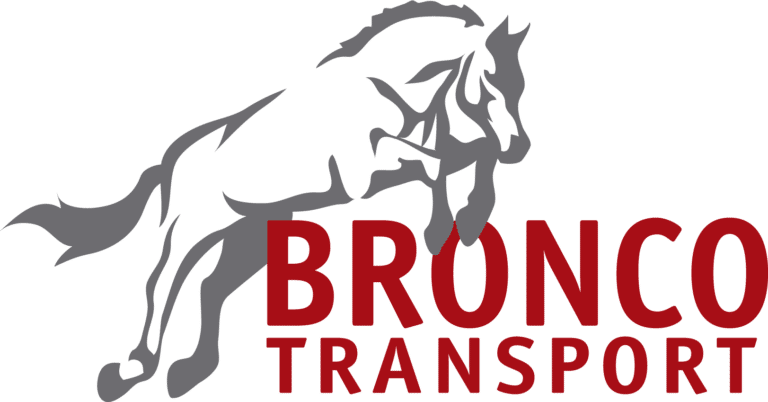
The future of transportation looks very different from what it looked like in the past, but that doesn’t mean we can’t expect the same things in 2023 as we do today. For example, we can expect to see more automation and digitization, along with more innovation in the industry. We can also expect to see more of a focus on the integration of mobility types and multimodal journeys on the road network.
Supply chains have never been ‘normal’
As the holiday season approaches, it’s important to take stock of the state of our global supply chains. The last two years have been rough. Some experts say we have hit the bottom of the barrel, while others argue that the system is still intact.
The recent geopolitical conflict in Ukraine continues to hurt global supply chains. Russia’s invasion of Ukraine has cut off exports from that country. In addition, factories in China have been closed due to the invasion.
Other factors that may contribute to the lack of normalcy in the global supply chain to include terrorism, natural disasters, and transportation disruptions. Market fluctuations can increase prices or reduce margins.
In addition, the lack of labor is a concern right now. Labor shortages have contributed to rising wages. Companies can’t afford to lose suppliers or shipping routes.
There is also the possibility that climate change will negatively impact international trade. It’s a speculative matter, though.
According to a survey by Carl Marks Advisors, more than half of logistics managers expect that the supply chain will return to its usual state after 2025. However, this may only be a temporary respite.
Supply chain management will continue to be pressed for capacity. Shippers are being pushed to become more agile and nimble in the face of capacity restrictions.
One area of potential improvement is flexibility in routing. While many economic indexes show an improvement in global transportation networks overall supply chains are still being disrupted.
Overall, the cost of sending a 40-foot container from Asia to the West Coast has dropped from more than $20k in 2019 to under $3k. However, the price of goods hasn’t returned to its pre-pandemic level.
Digitization is allowing companies to mine data for valuable insights
Whether you’re in the logistics industry or not, you have to take advantage of technological advances to keep up with the competition. The latest in shipping and supply chain software, and an ever-growing number of connected vehicles, are just some of the many hurdles you’ll need to navigate in the coming years. Keeping up with the Joneses is no small feat, especially in this economy. But, a little innovation and a lot of foresight go a long way. From a well-thought out supply chain design, to the proper use of technology in the office, your business can be more than a collection of parts. Luckily, there’s a bevy of technology companies who are looking to help you do just that. Using the right tools and techniques, you can improve productivity, lower costs, and ensure a safe, secure, and dependable flow of your precious cargo. Using the best and the latest technology solutions, your company will be able to meet your clients’ demands and keep the competition on their toes.
Mobility-as-a-service (MaaS)
Mobility-as-a-Service (MaaS) is an innovative form of transportation that provides on demand transportation solutions to users. It is a multimodal platform that integrates various forms of transportation modes including private vehicles, public transport modes, bike sharing, and taxis. The service provides everything from travel planning to payment, making it convenient for the consumer.
MaaS is a technological solution to many of the challenges faced by city residents. It improves access to existing mobility options and increases efficiency in urban transportation.
MaaS systems offer an alternative to private cars and make it more affordable to use public transportation. It also helps reduce traffic congestion and pollution.
MaaS services can be offered by a single operator or a group of providers. A subscriber can have access to a fleet of cars or scooters. They can purchase a trip on a subscription basis and pay with their phone.
MaaS offers a more convenient and flexible option than having a private vehicle. This is one of the main reasons why the system is gaining traction. However, the market has some challenges to overcome. Some of these include constantly monitoring drivers and managing large fleets.
Juniper Research’s recently released report on the MaaS market has provided some important insights into the industry. In particular, the study outlined some of the factors driving the adoption of this service in Europe.
The report found that key elements supporting traction in Europe included public-private partnerships, high-quality transportation services, and positive trial outcomes. Ultimately, Juniper Research believes that MaaS will help to reduce road congestion and pollutant emissions.
Additionally, the market will also benefit from the growing use of smart connected devices. The increasing use of such devices will boost the global Mobility-as-a-Service (MaaS) market.
Automated technologies across the automotive industry are coming to fruition
Across the automotive industry, automated technologies are starting to make their mark. They are used to complete tasks economically and safely. This technology can also improve your life by increasing productivity.
For example, driverless trucks can reduce delivery time and avoid challenging situations. Automated floor plug insertion systems can reduce the ergonomic strain on workers. Robotic arms can complete tasks like wheel mounting and screw driving.
Autonomous guided vehicles can connect assembly sections and provide free navigation. These systems have been developed by KUKA Robotics Corporation.
The US and China OEMs have been pushing the boundaries of what is possible. As they move forward, they are using artificial intelligence to power driver assistance technology. ADAS systems are continuously collecting data, interpreting them, and delivering real innovation.
Lidar has long been hailed as a game changer. Originally conceived for ranging applications in aerospace and defense, lidar has finally reached a price point where OEMs are ready to integrate.
Automated trucks can avoid obstacles like pedestrians and unprotected left turns. They can increase productivity by avoiding complex scenarios and increasing fleet capacity.
An example of this is the Hyundai SmartSense system. It uses an intelligent AI interface and alerts drivers to potential problems on the road.
Other examples include Aeva, which is developing 4D LiDAR-on-chip technology. Aeva is shaping the future of sensing. During a fireside chat on autonomous vehicles, executives from the company will discuss its progress and the industry’s future.
The automotive industry’s deep roots in automation extend far beyond the assembly line. In the past, automakers used industrial robots in assembly plants to boost efficiency. Today, they have expanded into semi-automated vehicles.
Global collaboration and sharing of best practice for safely managing the increasingly complex integration of mobility types and multimodal journeys on the road network
In the next decade, the concept of mobility will change dramatically. People transportation will shift towards a new paradigm of mobility-as-a-service (MaaS). The combination of artificial intelligence, Big Data, Internet of Things (IoT) and autonomous vehicles will redefine the future of cities and towns. Besides the obvious transport and logistics challenges, people are also expected to change jobs. This will require a smarter approach to traffic planning, routing and management.
In addition, there are also opportunities to improve the quality of service provided to the public. A holistic methodology can address the issues of quality of service, design, and implementation in a multi-stakeholder environment. It can also be used to model the efficiency of public transportation facilities and traffic control management.
A case study in Malaga, Spain demonstrated the effectiveness of a HITUL framework. This framework employs bio-inspired techniques to provide a comprehensive, holistic view of the traffic situation, and assists in making smart traffic control decisions. For example, this technology helps to identify optimal traffic light schemes, and minimizes traffic jams.
Likewise, a UTravel application, deployed on Android and iPhone platforms, recommended the optimal POIs based on the user’s location. Moreover, this app was tested on real-world experiments and validated for its usefulness to both students and faculty.
Finally, a security vulnerability assessment of 29 car parks in Birmingham, UK, revealed that a small but significant number of cars were parked in such a way that the vehicle was rendered vulnerable to theft. Although it was not a complete solution, the study showed that a CASB (commonly referred to as an access-control system) can be an effective means of providing granular visibility into user activity, and the control of sensitive data.

